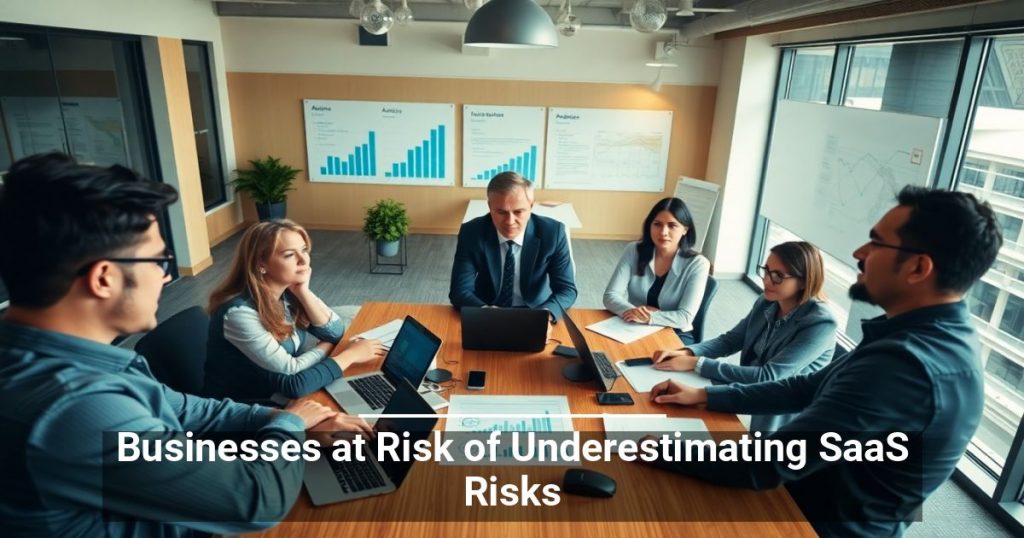
Software as a Service (SaaS) has revolutionized how businesses operate, offering cost-effective, scalable, and efficient solutions to manage various operational aspects. By leveraging SaaS, even small businesses can access powerful tools without the hefty investment in infrastructure typically required for such capabilities. However, despite its advantages, SaaS also introduces significant security risks that many organizations underestimate. Alarmingly, only a small fraction of cybersecurity teams take a centralized approach to overseeing these risks, leaving businesses vulnerable.
Who Bears Responsibility for SaaS Security?
A critical issue lies in the ongoing debate about whether the customer or the provider is responsible for SaaS security. The reality is that both parties share this responsibility. While providers must offer robust security measures, businesses must be proactive in identifying and mitigating risks. Failing to do so can leave organizations exposed to vulnerabilities that could lead to catastrophic data breaches or compliance failures.
The Most Common SaaS Security Risks
 Cloud-based applications provide immense advantages, particularly for mission-critical functions, but they also come with inherent security challenges. Some of the most overlooked risks include:
Cloud-based applications provide immense advantages, particularly for mission-critical functions, but they also come with inherent security challenges. Some of the most overlooked risks include:
- Access Management: Weak access controls can leave SaaS platforms susceptible to unauthorized access and data breaches. Implementing robust protection measures is critical.
- Regulatory Compliance: SaaS platforms must align with industry-specific regulations such as HIPAA or GDPR. Failure to comply can result in significant legal and financial repercussions.
- Malware and Ransomware: If a SaaS provider suffers an attack, your organization’s data could also be compromised. Understanding the provider’s prevention and response strategies is essential.
- Disaster Recovery: While SaaS is often chosen for its disaster recovery capabilities, organizations must ensure providers have effective plans to recover from potential disasters impacting their infrastructure.
Building a Robust SaaS Security Culture
The most significant SaaS security risk often lies not in the technology itself but in the human element. In many organizations, the IT team focuses heavily on technical cybersecurity measures while neglecting the role of user behavior. This imbalance fosters a false sense of security among employees, who may underestimate the importance of adhering to strict security protocols.
To address this, organizations should implement SaaS Security Posture Management (SSPM). Key components of SSPM include:
- Centralized Oversight: Real-time monitoring and management can identify and mitigate potential threats before they escalate.
- Threat Detection: Continuous surveillance to spot anomalies or breaches in the SaaS environment.
- Configuration Management: Ensuring that SaaS applications are properly configured to minimize vulnerabilities.
- Ongoing Compliance Assessments: Regular evaluations to ensure adherence to regulatory standards and internal policies.
Identity and Access Management (IAM) is another cornerstone of SaaS security. By controlling who can access platforms and when, businesses can significantly reduce unauthorized access risks. IAM systems also log all access attempts, enabling early detection and prevention of potential threats.
A Call to Action
As cloud-based solutions become standard across industries, businesses must adopt a proactive approach to managing SaaS risks. This includes fostering a security-first mindset throughout the organization and collaborating with providers like Integrated Technology Systems to share the responsibility for data protection. By avoiding overconfidence and prioritizing robust security protocols, organizations can better safeguard their assets and ensure the long-term integrity of their operations.
Integrated Technology Systems has the expertise you need to manage SaaS risks. A call today can give you the peace of mind you need to safeguard your company and employees.
Integrated Technology Systems
6 East 45th Street, Suite 400
New York, NY 10017
212-750-5420
https://www.itsnyc.com



